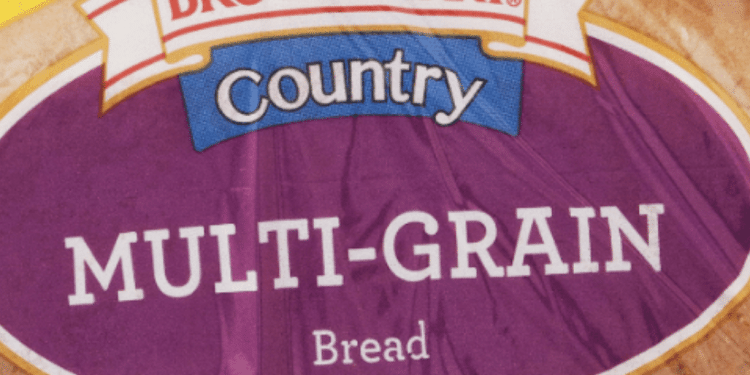The food industry is filled with marketing buzzwords designed to influence consumer choices, and two of the most misleading terms are “Multigrain” and “Natural.” These words evoke images of health and wholesomeness, but in reality, they don’t always mean what people assume. Many consumers associate them with high-quality, nutritious products, but that assumption can lead to poor dietary choices.
“Multigrain” sounds like it should be an indicator of health, suggesting a blend of different grains with diverse nutritional benefits. However, the term simply means that multiple types of grains were used—without any guarantee that they are whole grains. A multigrain product might contain refined grains that have been stripped of their beneficial fiber and nutrients, leaving behind little more than empty carbohydrates. Whole grains, by contrast, retain their fiber, vitamins, and minerals, making them the better choice for health-conscious consumers.
“Natural” is even more misleading. The term is widely used on food packaging to create an impression of purity, but in reality, it has no official regulatory meaning from the U.S. Food and Drug Administration (FDA). A product labeled as “natural” is not necessarily free from preservatives, artificial ingredients, or harmful processing methods. Many processed foods contain synthetic additives yet still use the term “natural” because of vague labeling laws that allow such claims.
The FDA does not strictly regulate the use of these terms, which is why they are so prevalent in food marketing. Unlike terms such as “organic,” which have clearly defined standards under the U.S. Department of Agriculture (USDA), “natural” and “multigrain” remain largely unregulated in the U.S. food industry. Companies are free to use them however they see fit, leading to widespread consumer misconceptions about the health value of certain foods.
This deceptive marketing can significantly impact public health. Consumers seeking healthier diets may unknowingly purchase products that are no better than standard processed foods. For instance, someone choosing multigrain bread over white bread might assume they are making a healthier choice, but if the multigrain bread is made mostly from refined grains, the health benefits are negligible. Similarly, snacks labeled as “natural” may still contain excessive sugar or unhealthy fats, undermining efforts to eat nutritiously.
To avoid falling for misleading terms, consumers should scrutinize ingredient lists and nutrition labels rather than relying on front-of-package claims. Whole grain products are specifically labeled as such, and genuinely natural foods are those with minimal processing and recognizable ingredients. Awareness and education are key to making informed dietary decisions rather than being swayed by clever marketing.
Ultimately, the burden falls on both regulatory agencies and consumers to ensure that food labels truly reflect a product’s nutritional quality. While the FDA has yet to take decisive action on these misleading terms, individuals can protect themselves by researching and understanding what they are really eating. By prioritizing transparency in food labeling, society can move toward a healthier and more informed approach to nutrition.
Contributor John S






